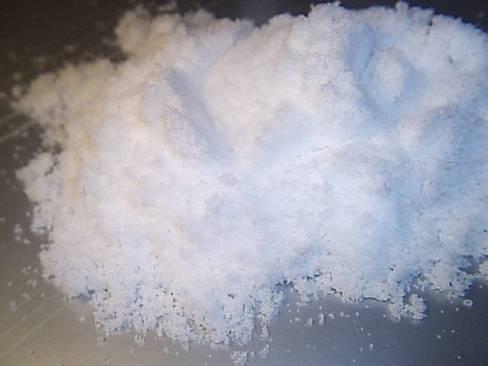High Temperature Elastomers in Seals, Gaskets, and Hoses
High temperature elastomers are specialized polymer materials engineered to maintain their elasticity, mechanical strength, and chemical stability under elevated temperatures and harsh environments. These elastomers are indispensable in industries such as aerospace, automotive, oil and gas, and industrial manufacturing, where components are regularly exposed to extreme heat, chemicals, and mechanical stress.
Read More: https://www.marketresearchfuture.com/reports/high-temperature-elastomers-market-5438
Unlike standard elastomers, which can degrade or lose flexibility at high temperatures, high temperature elastomers are formulated with advanced polymers that resist thermal breakdown. Common types include fluorosilicone, perfluoroelastomers (FFKM), fluorocarbon (FKM), and silicone-based elastomers, each offering unique combinations of temperature resistance, chemical compatibility, and mechanical properties.
One of the primary advantages of high temperature elastomers is their ability to operate continuously at temperatures ranging from 200°C up to 300°C or higher, depending on the specific formulation. This makes them ideal for sealing, gasketing, and vibration dampening applications in engines, turbines, heat exchangers, and industrial valves. They provide reliable performance in dynamic conditions where temperature fluctuations and chemical exposure are frequent.
In the aerospace and automotive sectors, these elastomers are used for O-rings, seals, and hoses that must withstand exposure to fuels, lubricants, hydraulic fluids, and extreme temperature swings. Their resistance to oxidation, ozone, and weathering extends the lifespan of critical components and reduces maintenance needs, enhancing safety and efficiency.
The oil and gas industry benefits from high temperature elastomers’ chemical resistance, particularly in environments containing hydrocarbons, acids, and solvents. Elastomers such as perfluoroelastomers maintain integrity in downhole seals and pipeline components, where failure could result in costly downtime or environmental hazards.
High temperature elastomers also play a vital role in electrical and electronic applications, where heat-resistant insulating materials are essential for protecting circuits, connectors, and sensors from thermal damage.
Innovations in polymer chemistry continue to improve the performance and durability of high temperature elastomers. New formulations offer enhanced compression set resistance, lower permeability, and improved flexibility at sub-zero temperatures, broadening their usability across diverse industrial settings.
However, choosing the right high temperature elastomer requires balancing factors such as temperature range, chemical exposure, mechanical stress, and regulatory compliance. Material specialists often conduct rigorous testing and simulations to select elastomers that meet specific operational demands.







